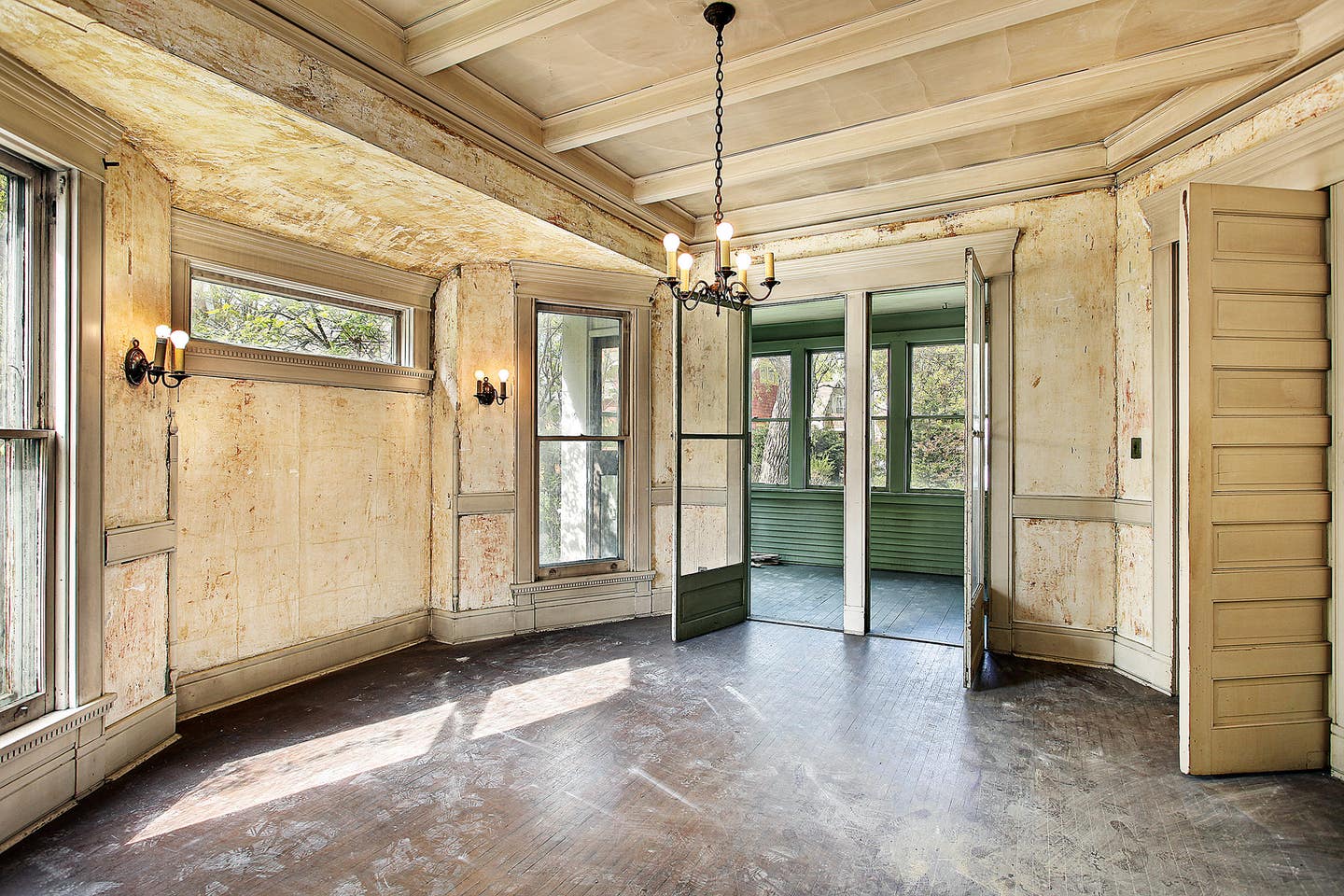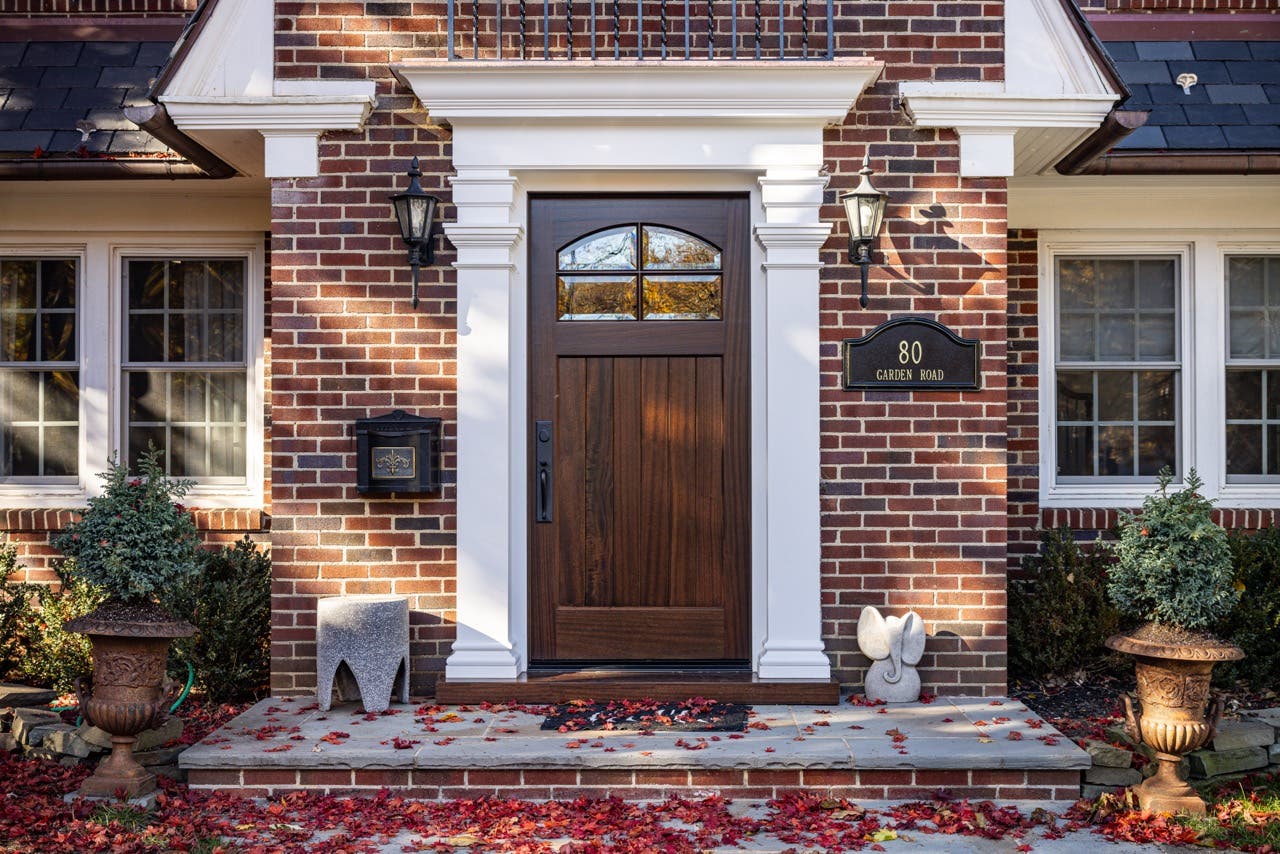
Product Reports
Hazardous Building Materials
Buildings of any age may contain hazardous materials. Many of them were once “wonder materials”—but ultimately ended up as long-term human health hazards.
Identifying hazardous materials in advance of construction prevents against accidental exposure, for both building occupants and workers, as well as assists in managing project costs. Hazardous materials include: asbestos, lead, polychlorinated biphenyls (PCBs), chlorofluorocarbons (CFCs), heavy metals, and, occasionally, radioactivity. For the purposes of this article, hazardous materials that are not part of building construction (such as laboratory chemicals) will not be covered.
Architects’ liability insurance does not cover hazardous materials abatement. It is important for anyone undertaking a construction project to use a qualified consultant to perform a hazardous materials survey prior to renovation or construction. The Environmental Protection Agency’s (EPA) asbestos regulations requires this, based on 40 CFR 61-National Emissions Standards for Hazardous Air Pollutants (NESHAP). While many states and cities follow federal guidelines, it is important to check local and state codes for any modifications, which are typically more stringent.
Once the hazards are properly identified, the method for management or removal can be determined and completed prior to construction.
Asbestos
Used for its fire-proof qualities, insulating qualities, strength, and resiliency, asbestos was prevalent in many construction materials prior to 1973, when asbestos-containing spray-on fireproofing was mostly banned. In 1989, the EPA took steps to ban all asbestos-containing materials but was met with a lawsuit preventing a full ban. Some products can still be manufactured if they contain less than one percent asbestos, but continued efforts are being made at the federal level to expand the ban.
Asbestos can be friable (easily crumbled to powder by hand pressure when dry) and non-friable. These definitions are in federal regulations; however, friability of a material is not always the cause for concern as rarely are renovations done by “hand pressure.” Friable materials include pipe wrap, vermiculite insulation within concrete blocks, and spray-on fireproofing. Non-friable include floor tiles, sheet flooring, underlayment, mastics and adhesives, ceiling tiles, drywall, roofing, and sealants. While removal of non-friable asbestos may pose less risk, both versions require trained, licensed contractors to execute the work plus potential air monitoring and post-abatement air clearance testing.
Identification of these materials is not simple and visual observation is not enough. Sprayed acoustic insulation looks very similar to asbestos-containing sprayed fireproofing, and ceiling tiles with and without asbestos can look similar. These materials need to be inspected, assessed, and sampled by a trained, certified, and (in almost all states) licensed asbestos inspector. Bulk samples collected by the inspector are sent for analysis by an accredited laboratory. Determining the best approach in managing or abating asbestos-containing material is best handled by trained asbestos professionals working with architects.
Lead
Lead is toxic to humans and causes a variety of ailments that, depending on the concentration, can even result in death. Lead is typically contained in older oil-based paints, piping and solder, batteries, window putty, and colorant for plastics and ceramic glazes. The application dictates the required management or abatement to avoid negative health exposure for those working on or around the lead-containing material.
Lead-based paint can be managed in place with a variety of treatment methods if the paint is sound and fully adhered to the substrate. If it is present in childcare facilities, schools, or homes, it must be addressed according to EPA and U.S. Department of Housing and Urban Development (HUD) treatment requirements to prevent contamination from sanding, cutting, or demolition.
Polychlorinated Biphenyls (PCBs)
PCBs are a group of synthetic organic chemicals used in a variety of building materials such as ballasts for fluorescent lighting, coolants and lubricants in transformers, and capacitors. From 1950 to 1970, PCBs were also present in some sealants applied on windows, doors, vents, etc. PCBs can leach into the air and are hazardous to humans. While they were banned from production in 1979 and are not being produced in the U.S., they are still present on job sites in transformers, ballasts, and possibly sealants, which require removal as hazardous waste.
Chlorofluorocarbons (CFCs)
CFCs are organic compounds containing carbon, chlorine, and fluorine and are byproducts of ethane and methane. The chemical compound was developed in the 1930s as a safe alternative to ammonia for refrigeration and accelerants. Over time, it was determined that exposure to ultraviolet radiation released the chlorine gas into the upper atmosphere, resulting in the destruction of ozone. CFCs were banned in 1994. HCFCs were an attempt to replace CFCs, but these were found to contain high amounts of volatile organic compounds (VOCs) and have been discontinued as well. When addressing existing HVAC systems, identify alternative coolants that are not ozone depleting and have a low global warming potential (GWP).
Heavy Metals
Some old buildings have loose brick debris and “clinker” or slag from industrial operations placed between joints in an effort to fireproof. Before disturbing this material, have it tested for heavy metals such as mercury (Hg), cadmium (Cd), nickel (Ni), manganese (Mn), lead (Pb), chromium (Cr), and hexavalent chromium (VI) (Cr (VI)). If heavy metals are present and the clinker needs to be disturbed, it should be assessed for abatement.
Mercury
Mercury is naturally occurring in the environment but even low exposures can seriously impact human health. While mercury is a heavy metal as discussed above, it has its own special hazardous material category because of the quantity of its use. Mercury is present in a lot of building elements such as (“silent”) switches, HVAC elements (thermostats, manometers), light bulbs (fluorescent and HID), batteries (in smoke detectors and emergency lighting), and relays (pneumatic controls). It is typically included in a small, sealed cell that needs to be disposed of as hazardous waste.
Radioactivity
Some smoke detectors and exit signs use radioactive sources. These are typically governed by state and local codes for disposal.
Abatement
To identify hazardous materials, enlist licensed environmental consultants, who will visit the site with preliminary drawings to understand which areas of the building will be disturbed. They can concentrate on just that area unless assessing the entire building; assess the condition of the materials and indicate whether the material needs abatement, encapsulation, or no work; and determine what federal, state and local codes require. They will prepare drawings and specifications that describe all this work. Abatement work can be bid out separately to be completed in advance of the construction project, or it can be included as part of the construction documents. Once the abatement work is scheduled, notify the building stakeholders of the activity. At the end of the project, the records of abatement should be turned over to the facilities managers for permanent record.
While certain time frames of usage have been indicated above to identify the likelihood of encountering specific hazardous materials, the dates are only guidelines, and not hard and fast dates on which you can depend.
References:
Mr. Gary P. Flentge, Vice President, Industrial Hygiene, Environmental Design International, Inc. Chicago, Illinois
Susan D. Turner is a Canadian architect specializing in historic preservation of national registered buildings. She is the Senior Technical Architect for JLK, a woman-owned business specializing in the repair and preservation of historic buildings. She can be reached at sturner@jlkarch.com








